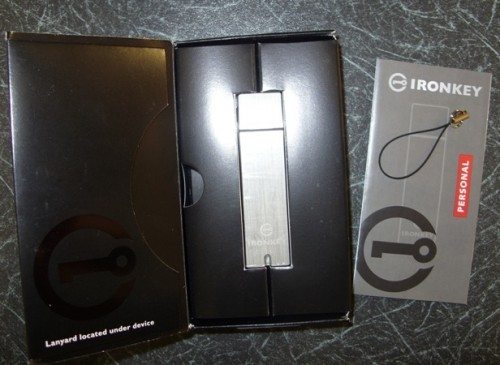

This will significantly increase adoption and use and give eIDAS 2.0 a really good chance of succeeding. This is important because, unlike eIDAS Regulation, it makes the wallet far more useful for non government use cases. It explicitly confirms that qualified (issued by authorized and certified Qualified Trust Service Providers or QTSPs) and non-qualified (issued by any organization like a bank, gym, airline) electronic attestations (also commonly called “credentials”) can co-exist in the same wallet at the same time. Text from EU Digital Identity Framework And Reference Document The analysis below should be read in conjunction with the EU Digital Identity Wallet Framework Document. To save you some time reading the whole thing, here is a digest of our analysis of what the Framework contains, and what it means.įig 2: The functional components of the EUDI Wallet. There’s a lot that we like, but there are also some areas of significant concern that need careful attention. Importantly it also creates the high level specification for the surrounding ecosystem that will be required to support the EUDI wallet.īroadly, we are impressed with the content and the underlying principles in the Framework. It gives us a lot of information about the EUDI Wallet. We have now analyzed the Framework in detail. It’s worth reading if you haven’t already, as it provides a good background to the points in this article. We recently published our thoughts on the overall eIDAS 2.0 proposal which detailed four problems, four opportunities, and three things to watch closely as eIDAS 2.0 solidifies into real specifications and requirements. This all points to a focused and deliberate drive towards secure digital identity for all European citizens and sets the standard for the rest of the world. The European Digital Identity Architecture and Reference Framework (the “Framework”) is the latest document to be published, following rapidly on the heels of the recent call for proposals for digital identity pilots and infrastructure. It’s great to see how fast the eIDAS 2.0 proposal is moving. Special thanks to Ivan Basart of ValidatedID, Viky Manaila of Intesi Group, and Harm Jan Arendshorst of iLabs for their input.


Our team has analyzed the European Digital Identity Architecture and Reference Framework, which gives us a lot of information about the EUDI Wallet.


 0 kommentar(er)
0 kommentar(er)
